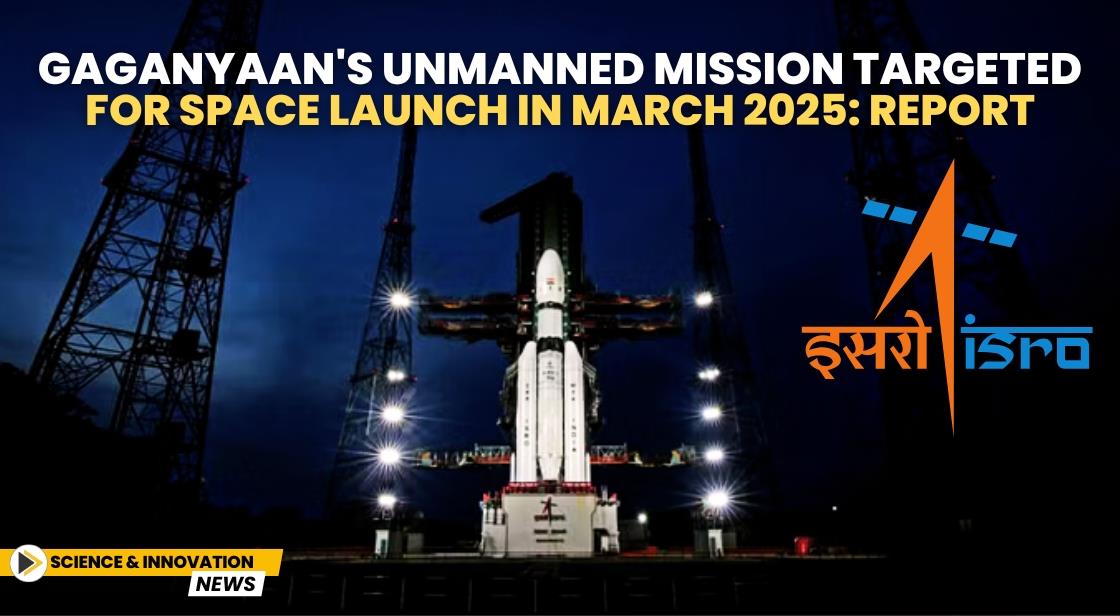Gaganyaan's Unmanned Mission Targeted for Space Launch in March 2025: Report

News Synopsis
India’s ambitious space project, Gaganyaan, is gearing up for its first unmanned mission, tentatively scheduled for March 1, 2025, with a launch window extending until August 31, 2025. This milestone mission, launching from Sriharikota, will be a critical precursor to the planned manned mission in 2026. The mission is designed to orbit the Earth at a distance of 400 km before returning to Indian seawater.
Monitoring from the Oceans
To ensure the mission’s success, the Indian Space Research Organisation (ISRO) is deploying a sophisticated monitoring system. Ships equipped with advanced scientific equipment and manned by eight scientists each will be stationed in strategic observation points across the Pacific Ocean and the North Atlantic Ocean. These ships will serve as floating monitoring stations, gathering critical data and maintaining communication with the spacecraft.
Deployment of Ships and Equipment
ISRO is chartering two ships to support the mission, each fully equipped with Shipborne Terminals (SBTs), MV-SAT antennas, and other electronic subsystems. These vessels will establish hybrid communication circuits with MOX-ISTRAC and SCC-ISTRAC in Bengaluru, the same facilities that played a pivotal role in the successful Chandrayaan-3 mission.
To reach their designated locations, the ships will embark on two-week voyages. One ship will sail from a U.S. port in New York to a location approximately 3,000 km into the North Atlantic Ocean, taking around 13-14 days to complete the journey.
Communication and Tracking Infrastructure
ISRO will transport the necessary tracking equipment from ISTRAC in Bengaluru to the nearest Indian port. From there, the consignment will be shipped to New York for deployment on the North Atlantic Ocean vessel. The hybrid communication circuits will allow real-time monitoring and tracking of the spacecraft during its flight, ensuring seamless coordination between the observation ships and the ground stations in Bengaluru.
The Road to Manned Mission in 2026
The success of this unmanned mission is crucial to the subsequent manned Gaganyaan mission, slated for 2026. Four astronauts are currently undergoing extensive training for a three-day journey to space. During this mission, the crew will orbit the Earth at a height of 400 km and return safely to Indian waters, marking a significant milestone for India’s space program.
Scientific Experimentation and Challenges
Described as a significant scientific experiment, the unmanned mission is expected to test ISRO's readiness for crewed space exploration. The two-week-long ship journeys and the tracking activities, which will last a maximum of three days during the mission, demonstrate the logistical challenges and meticulous planning involved in the operation.
Conclusion
The Gaganyaan unmanned mission represents a pivotal step in India’s journey toward human spaceflight. By deploying cutting-edge technology, leveraging international cooperation, and preparing for rigorous monitoring operations, ISRO is setting the stage for a successful manned mission and asserting India’s position as a leader in space exploration.
You May Like









